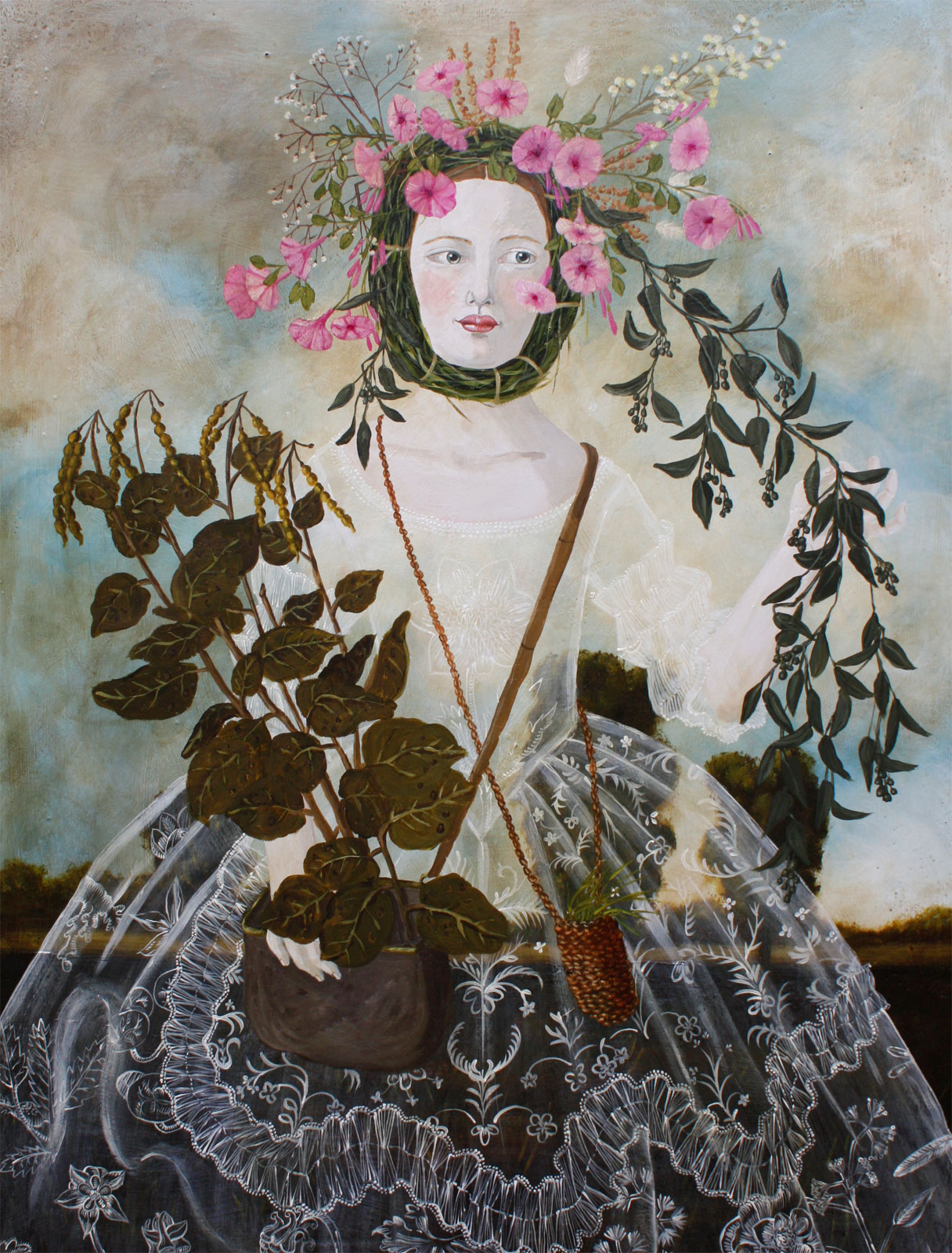
In the 16th century, Italian Renaissance painter Giuseppe Arcimboldo spurred an idiosyncratic trend in portraiture, elaborating on the symbolism of fruits, animals, and objects by arranging them compositionally into human faces.
Arcimboldo’s work inspired some European illustrators to portray tradespeople as physical embodiments of their work, such as Nicolas de Larmessin in the 17th century and Martin Engelbrecht in the 18th. The instruments of the subjects’ professions literally became them.

Around 1800, London-based published Samuel William Fores continued the playful—if occasionally unsettling—tradition of composite portraiture in a series of aquatints depicting a florist, a baker, an armorer, a tailor, and several others, made from the sum of their tools and wares. A blacksmith, for example, is composed of an anvil, bellows, and hammer, while a fruiterer—a greengrocer—is made of produce and baskets.
The Public Domain Review notes the significance of the title of the series, Hieroglyphics: “If, indeed, the print dates from around 1800, then it would place the image soon after the discovery in 1799 of the Rosetta Stone by Napoleon’s troops during their invasion of [Egypt]—and so at a time when the idea of hieroglyphs would have been very much in the air.”
We currently understand the word “hieroglyphs” to denote an ancient system of writing in which pictures were substituted for text, so the title may take some license with that interpretation. But that may also be beside the point. As The Public Domain Review continues, “…it as though the act of replacement itself is enough, be it a word or a swathe of face, it does not matter—the whole world seen as renderable in a landscape of objects.”
Prints of Hieroglyphics are currently held in the Wellcome Collection in London, where you can explore the library and exhibitions free of charge.


Do stories and artists like this matter to you? Become a Colossal Member today and support independent arts publishing for as little as $7 per month. The article Arcimboldo-esque Portraits Emerge from Tools of the Trade in Early 19th-Century Aquatints appeared first on Colossal.



